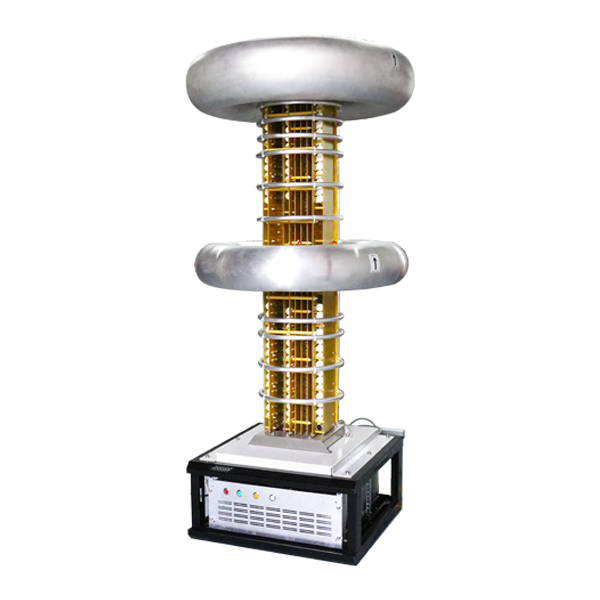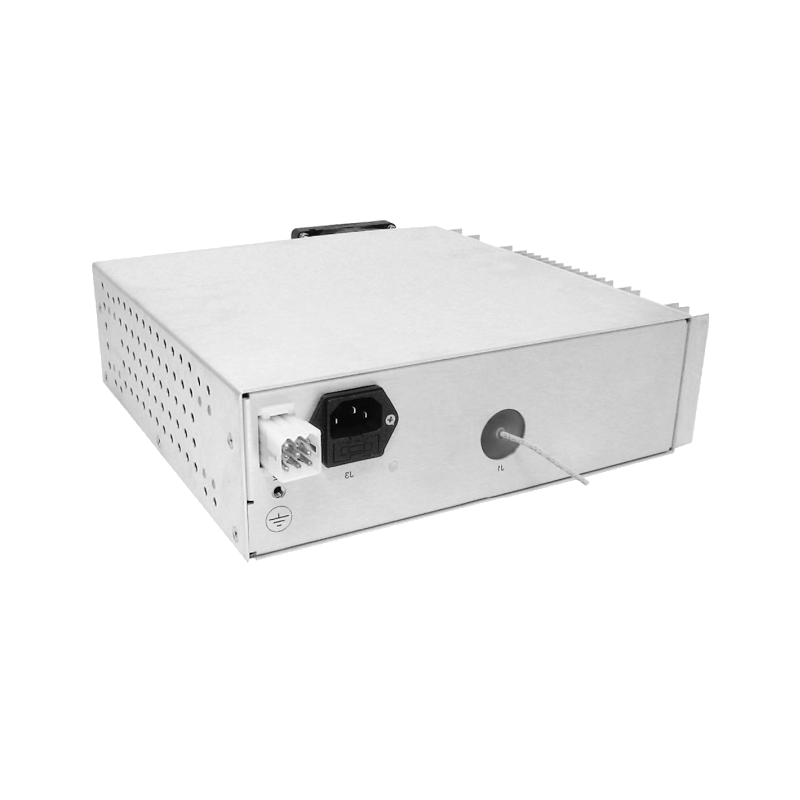Reliability Analysis of High-Voltage Modules in Ion Implanters
As core equipment in semiconductor manufacturing, the high-voltage modules of ion implanters directly determine the energy accuracy, distribution uniformity, and process stability of ion beams. In nanoscale chip fabrication, the reliability of these modules has transcended basic functional requirements to become a critical factor affecting yield and device performance.
I. Core Reliability Challenges
Stability Under Extreme Electrical Stress
Operating continuously at kilovolt to megavolt levels, high-voltage modules must maintain output fluctuations below ±0.1%. Minor voltage drifts cause ion implantation depth deviations; for example, ±0.1% fluctuation may lead to >15% phosphorus doping concentration variation in silicon wafers, directly impacting transistor threshold voltage.
Thermal Management in High-Power Density
Traditional line-frequency power supplies suffer from bulky size and low efficiency (~70%), causing local overheating. While intermediate-frequency voltage-multiplier rectifiers reduce volume by 70%, increased power density demands advanced cooling strategies, such as liquid cooling systems and thermal redundancy design.
Electromagnetic Interference Immunity
Coexistence of high-frequency scanning signals (MHz-level) and high-voltage acceleration fields may deflect beam trajectories. Triple-shielding technology (magnetic shielding, grounding isolation, filtering circuits) suppresses output ripple to <0.01%, ensuring lateral doping distribution deviation ≤±2%.
II. Key Technological Breakthroughs
All-Solid-State Circuit Architecture
Replacing traditional vacuum tubes with four-quadrant dynamic drive technology enables adaptive switching between capacitive/resistive loads. When driving electrostatic deflectors, the system responds to voltage transients within 1μs (slew rate >900V/μs), preventing dose non-uniformity at wafer edges.
Digital Closed-Loop Control
AI algorithms optimize parameters via real-time sensor networks (temperature, voltage, beam current). Upon detecting vacuum fluctuations or ion source decay, the system adjusts output within 10ms, suppressing energy drift to ±0.05% and reducing batch variations.
Redundant Fault-Tolerant Mechanism
modular multilevel topology enables automatic power path switching during single-point failures. With triple protection (over-voltage/over-current/arc suppression), fault response time <5μs prevents wafer damage from abnormal ion bombardment.
III. System-Level Reliability Assurance
Accelerated Life Model Verification
The Coffin-Manson equation simulates electrothermal stress cycles to predict failure probability of critical components (e.g., IGBTs, HV capacitors) over 10⁵ operating hours. Testing shows new modules reduce failure rates to 1/3 of traditional designs under -55℃~125℃ thermal shock.
Dynamic Condition Adaptation
For third-generation semiconductors (e.g., SiC), a multi-level energy modulation strategy is deployed: enhancing voltage redundancy during MeV-level deep implantation, while activating electron deceleration lenses at ultra-low energies (<1keV) to avoid ion scattering.
IV. Future Evolution
High-voltage module reliability is shifting from passive protection to intelligent prognostics. Embedded sensors and digital twins enable failure-precursor detection and life prediction. Wide-bandgap semiconductors (GaN/SiC) will further break efficiency barriers (>94%), supporting emerging processes like 3D chip stacking.
The evolution of high-voltage module reliability transforms physical limits into controllable variables. Each breakthrough in ripple suppression or nanoscale energy control redefines the boundaries of atomic-scale manufacturing.




















